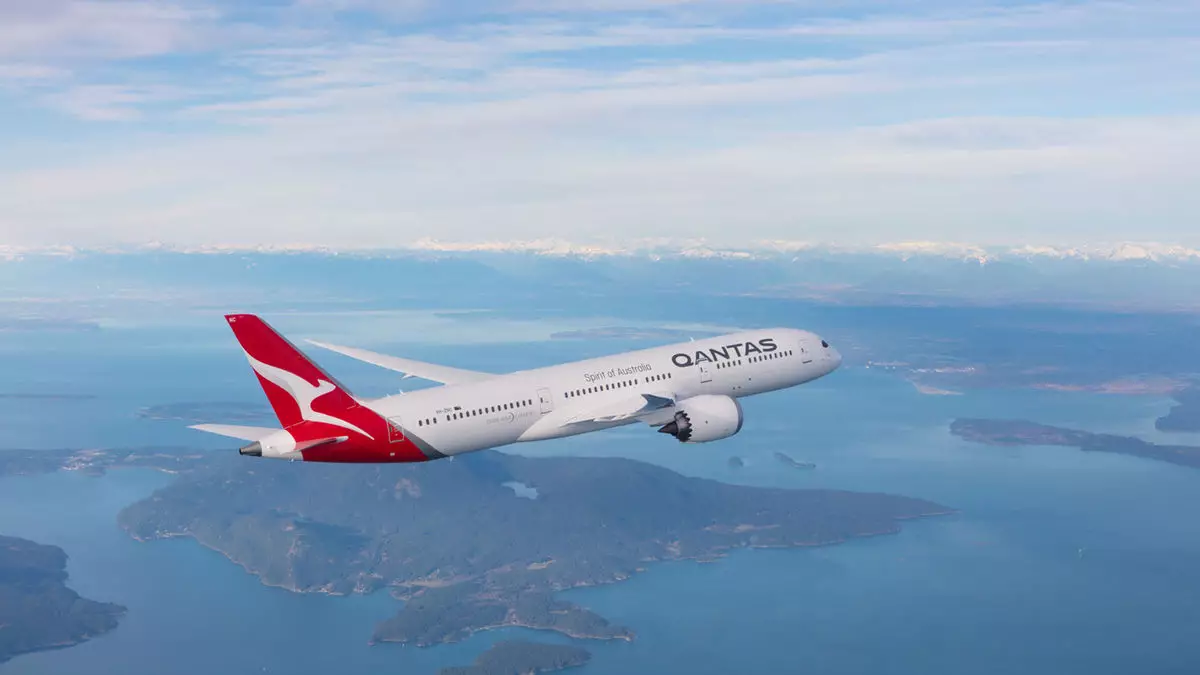In the modern era, where data is as valuable as physical assets, the aviation industry has become an increasingly attractive target for cybercriminals. The recent breach of Qantas underscores a harsh reality: no airline, regardless of size or reputation, is immune from malicious attacks. While authorities and companies often focus on operational disruptions and passenger safety, the deeper implications lie in how such breaches expose systemic vulnerabilities that could have far-reaching consequences if exploited further.
This incident, involving unauthorized access to a third-party customer service platform, reveals the fragility of interconnected systems that airlines depend on. The breach is not merely a matter of stolen data—it highlights how dependence on third-party vendors can significantly widen attack surfaces, making it difficult for even large, experienced companies to fully safeguard their customer information. The fact that personal data such as names, email addresses, and frequent flyer numbers were compromised, even without revealing financial or passport details, is a wake-up call that no system is fully secure and that sensitive data is often more exposed than companies realize.
The Underlying Risks and Potential Consequences
Cyberattacks on airlines are more than just data breaches—they threaten the core of safety and trust. For instance, impersonation tactics employed by organizations like Scattered Spider demonstrate how cybercriminals can manipulate employees or contractors to gain access. This ability to impersonate and deceive creates a dangerous pathway into operational systems, posing risks that extend from privacy violations to potential disruptions in flight operations.
Furthermore, the industry’s reliance on complex, layered technology makes it a prime target. The Qantas attack, seemingly linked to recent warnings from the FBI about the activity of cybercrime groups targeting the airline sector, points to a pattern that should concern industry stakeholders. It suggests that cybercriminals are increasingly sophisticated, leveraging social engineering and exploiting weak links in third-party dependencies. If these vulnerabilities remain unaddressed, we may see a rise not only in data theft but also in attempts to cause physical or operational disruptions—an outcome that could endanger lives and compromise airline safety protocols.
Is the Aviation Industry Doing Enough?
While Qantas is quick to affirm that safety and operations remain unaffected, the broader question is whether the airline industry is doing enough to proactively confront these persistent threats. The immediate response—enhanced security measures and system monitoring—is necessary, but it is only a band-aid approach if underlying vulnerabilities are ignored. The proliferation of cyberattacks should spur a fundamental reassessment of how airlines manage cybersecurity, especially regarding third-party partnerships.
The alarming frequency of recent incidents involving Hawaiian Airlines, WestJet, and now Qantas signals a systemic failure to prioritize cybersecurity at a strategic level. An effective defense must involve more than reactive measures; it requires integrating cybersecurity into every facet of airline operation—security by design, rigorous vetting of third-party vendors, continuous staff training, and novel technological defenses. Without these investments and a culture of security vigilance, airlines risk becoming easy targets in a rapidly evolving cyber landscape.
The Qantas breach serves as a stark reminder that in today’s digitized world, airline safety hinges not just on runway protocols but on resilient digital defenses. Complacency is no longer an option; the industry must evolve swiftly to safeguard its assets, reputation, and the very lives that depend on its technological integrity.

